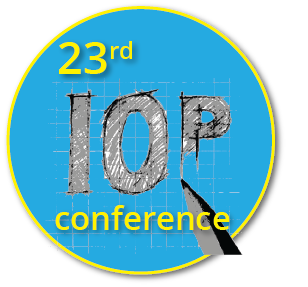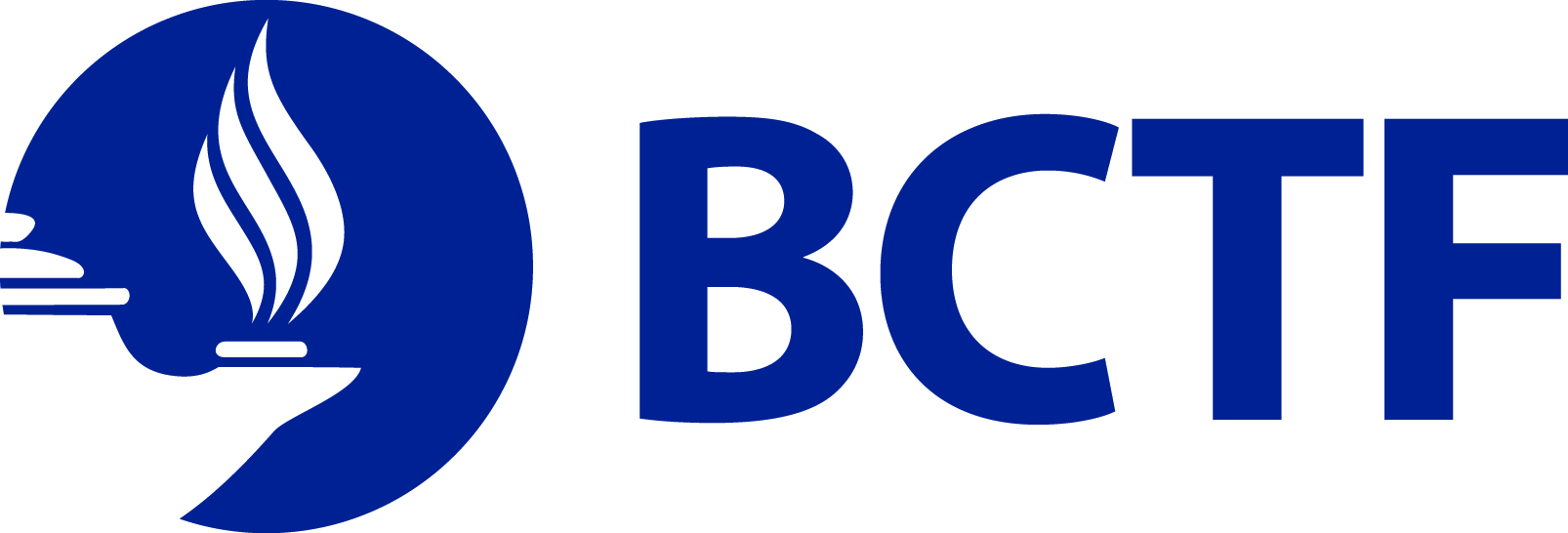Visual Inquiry in Art Teacher Education: A Non-Linear, Rhizomatic Process of Learning
Presentation by: Natalie LeBlanc, Adrienne Boulton
Session A | 9:00 – 9:20 | Room 204
Abstract:
Presenters will examine the conceptualization and enactment of visual inquiry as an indirect, artistic instructional technique, for its potential to create conditions to prompt artistic, critical and reflective growth (Lampert, 2013) in art teacher education. Drawing on their art practices, teaching experiences and arts-based educational research, the presenters will discuss how inquiry was developed in their art teacher education programs, one in a western university in Canada and a mid-western university in the United States to better understand how this type of learning sustains individuated learning and critical thinking.
Inquiry is described as a part of professional teacher practice that offers insights into how and in what ways we learn. It is a non-linear, rhizomatic process of learning, which emerges in and through a creative and generative network of experiences and knowledge. This form of learning is distinctly different than the transmission model of knowledge acquisition, favoured in learning environments that train teachers within known possibilities for teacher practices. In an era that has seen the totalizing systemic standardization of learning and teacher practice, inquiry offers a type of learning that resists dominant discourses, favouring instead the development of a disposition with the aim to problematize, differentiate and temporalize knowledge. Visual inquiry elaborates and distinguishes a unique type of inquiry as learning that sustains the general principles of inquiry, but looks additionally at how and why we learn through creative acts and artistic practice.
Presenters explore how they implemented visual inquiry as the primary pedagogical experience within their visual art teacher education programs and courses. Each will examine the potential risks and benefits of this pedagogical style. Implications for visual art teacher education and K-12 visual art are discussed.

